Introduction: The Dawn of the Gemini Era
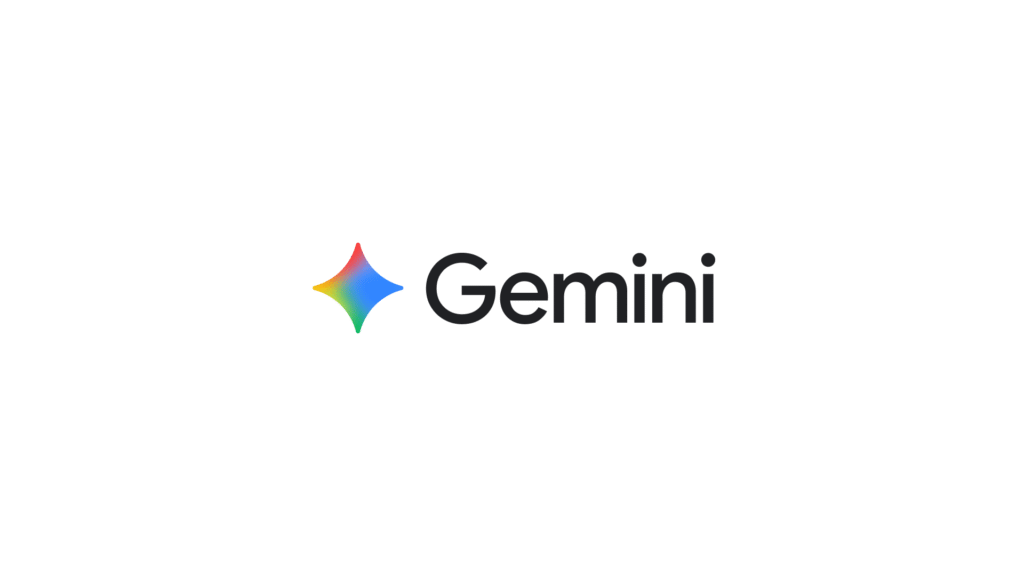
In late 2022, the technological landscape experienced a seismic shift. The launch of OpenAI’s ChatGPT sent shockwaves through Silicon Valley, becoming a viral internet sensation and posing a potential threat to the very core of Google’s search empire. This moment triggered what was widely reported as a “code red” alert within Google, compelling the company to reassign numerous teams and accelerate its artificial intelligence efforts in a way not seen in years. Co-founders Larry Page and Sergey Brin were even brought back into emergency meetings to help shape the company’s response.
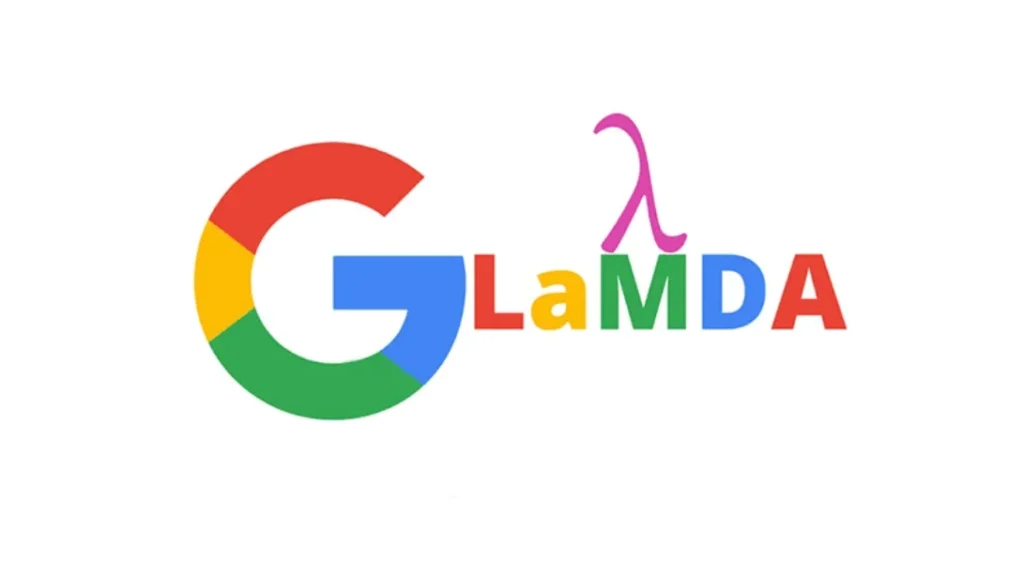
The initial public-facing answer was Bard, a conversational AI launched in March 2023. While a significant step, Bard was initially built upon Google’s existing LaMDA and PaLM 2 language models, a rapid deployment to counter the momentum of its rivals. However, behind the scenes, a more profound project was underway. This project, a collaboration between the newly merged Google DeepMind and Google Brain teams, was named Gemini. First announced in December 2023, Gemini represented a fundamental rethinking of AI architecture. In February 2024, the Bard brand was retired, and the chatbot was officially relaunched as Gemini, now powered by the far more capable models bearing its name.
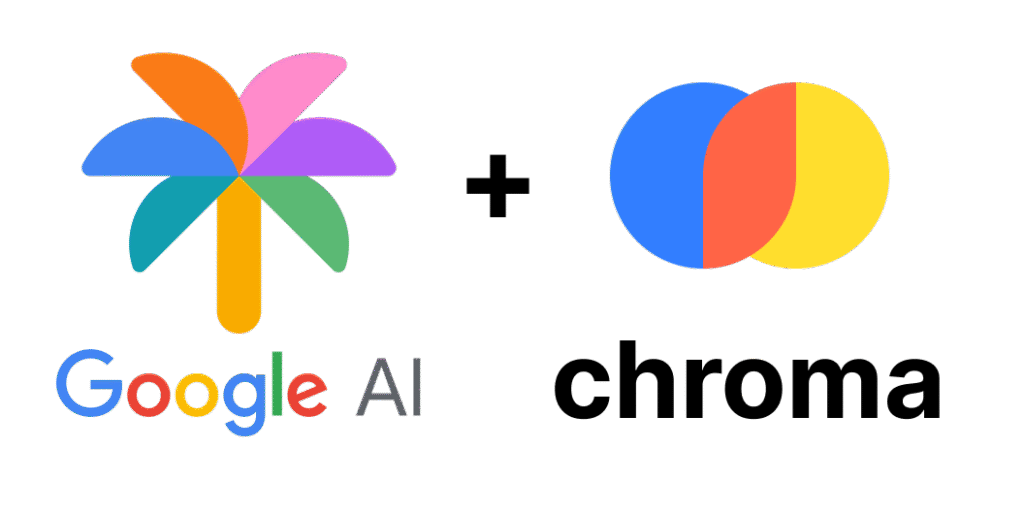
This evolution from a reactive product to a foundational technology underscores a critical truth: Gemini is far more than just another chatbot. It is a comprehensive, multimodal AI ecosystem, deeply woven into Google’s entire technology stack—from custom-designed silicon in its data centers to the consumer applications used by billions. This report provides an exhaustive analysis of the Gemini family, detailing its core technology, its distinct model versions, its groundbreaking features, its transformative applications across industries, and how it measures up against the formidable competition it was born to challenge.
What is Google Gemini? More Than Just a Chatbot
To understand Gemini, one must first recognize its dual nature. There is the Gemini App, the user-facing generative AI chatbot (formerly Bard) available on the web and mobile devices, which acts as a direct interface to the AI’s capabilities. Then there are the

Gemini Models, the powerful family of large language models (LLMs) that serve as the engine not only for the chatbot but for an ever-expanding suite of Google products and services.
Natively Multimodal by Design
The single most important architectural differentiator for the Gemini models is that they are natively multimodal. This means they were designed from the ground up to seamlessly understand, process, and reason across multiple types of information—or modalities—simultaneously. Unlike earlier models that were primarily trained on text and had capabilities for other data types “stitched on” later, Gemini can natively process interleaved sequences of text, images, audio, video, and code.
This native multimodality allows for a more fluid and human-like form of interaction. A user can provide a prompt containing a mix of text, an image, and a video clip, and Gemini can comprehend the entire context as a single, unified input. This capability unlocks novel applications, such as analyzing a video of a physical process and generating the corresponding code, or taking a picture of ingredients and producing a detailed recipe—tasks that are fundamentally more complex than simple text-in, text-out conversations.
The Technology Stack: A Full-Stack Advantage
Gemini’s power is amplified by its position within Google’s vertically integrated AI stack, a strategic advantage that few competitors can match. This stack consists of several interconnected layers, each optimized to work in concert:
- Hardware: At the foundation are Google’s custom-designed Tensor Processing Units (TPUs). These AI accelerators are engineered specifically for the massive computational demands of training and serving large models like Gemini, providing significant performance and efficiency gains over general-purpose hardware.
- Architecture: The models are built upon advanced neural network architectures. This includes the Transformer architecture, which was invented by Google researchers in 2017 and now forms the basis of nearly all modern LLMs. More recent Gemini versions also employ a Mixture-of-Experts (MoE) architecture, which divides the model into smaller, specialized neural networks (“experts”). The system learns to activate only the most relevant experts for a given task, resulting in faster performance and reduced computational cost.
- Data: The Gemini models are trained on a massive and diverse corpus of multilingual and multimodal data, including public web documents, code, and, notably, transcripts from YouTube videos. This vast dataset provides the raw material for the model to learn the patterns, relationships, and knowledge that underpin its capabilities.
- Applications: The final layer is the deep integration of Gemini into Google’s vast ecosystem of products, including Search, Android, Google Workspace (Docs, Gmail, etc.), and Google Cloud. This allows Google to deploy AI advancements at a global scale, reaching billions of users almost instantly.
The Gemini Family: A Deep Dive into Every Model Version
Google has developed a diverse family of Gemini models, each optimized for different tasks, devices, and performance requirements. This tiered approach allows the technology to be applied efficiently, from running complex analyses in a data center to providing quick suggestions on a smartphone.
The Foundational Tiers: Ultra, Pro, and Nano
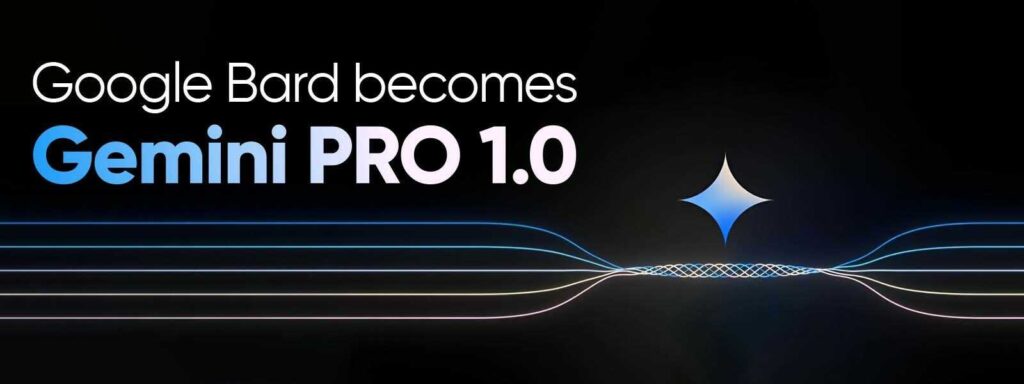
The initial Gemini 1.0 release established three primary tiers, which can be understood through a vehicle engine analogy: Gemini Nano is the efficient 4-cylinder, Pro is the versatile V6, and Ultra is the powerhouse V10.
- Gemini Ultra: This is Google’s largest and most capable model, designed for highly complex tasks that demand advanced analytical and multimodal reasoning. It excels in areas like scientific research, sophisticated coding, and in-depth mathematical problem-solving. With its state-of-the-art performance, Gemini Ultra was the first model to outperform human experts on the MMLU (massive multitask language understanding) benchmark, which tests knowledge across 57 subjects including math, physics, law, and ethics.
- Gemini Pro: The best-balanced model for scaling across a wide range of tasks, Gemini Pro is the workhorse of the family. It powers the primary Gemini chatbot experience and is available to developers and enterprises through Google AI Studio and Vertex AI. It is optimized for tasks like brainstorming, content summarization, writing, and more advanced reasoning than its predecessors.
- Gemini Nano: The most lightweight and efficient model, Nano is specifically designed to run natively and offline on mobile devices, starting with the Google Pixel 8 Pro. This on-device processing ensures that sensitive data can be handled without leaving the phone and that AI features remain available even without an internet connection. Gemini Nano comes in two variants: Nano-1 (1.8 billion parameters) for low-memory devices and Nano-2 (3.25 billion parameters) for higher-memory devices.
The Generational Leap: From 1.0 to 2.5
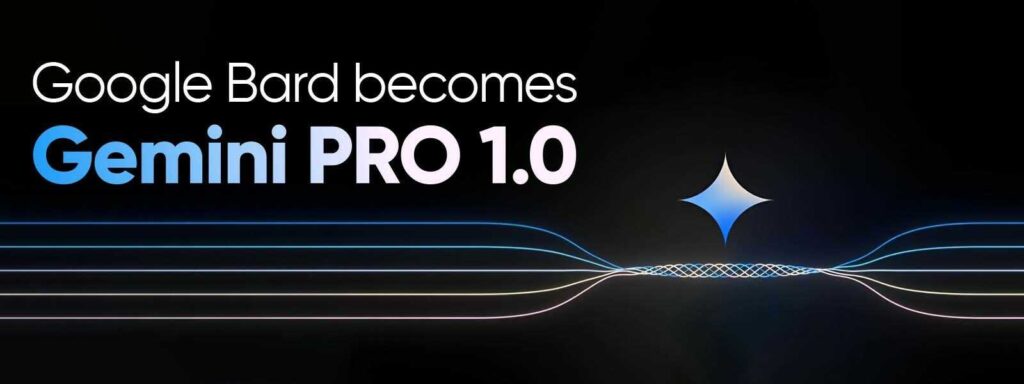
Since its initial launch, the Gemini family has evolved rapidly, with each new generation introducing significant architectural and capability improvements.
- Gemini 1.0 (December 2023): This foundational release introduced the Ultra, Pro, and Nano tiers, establishing the core framework of the model family.
- Gemini 1.5 (February 2024): This update was a game-changer, primarily due to two key innovations in the 1.5 Pro model. First was the introduction of a massive 1 million token context window, allowing the model to process and reason over enormous amounts of information at once (e.g., an entire codebase or hours of video). Second was the implementation of the more efficient Mixture-of-Experts (MoE) architecture, which improved speed and reduced computational costs.
- Gemini 2.0 & 2.5 (January – March 2025): This generation marked the debut of “thinking” models. These models are capable of reasoning through steps internally before generating a final response, which significantly enhances performance and accuracy on complex problems. This series also introduced the Flash and Flash-Lite variants, which are smaller, highly optimized versions of the Pro models. Trained using a technique called knowledge distillation, they offer a balance of speed, cost-efficiency, and high performance for real-time, high-volume tasks.
The consistent annual cycle of major AI updates suggests that the next generation, likely named Gemini 3.0, can be anticipated for enterprise access in late 2025, with a broader public release in early 2026.
Table 1: The Google Gemini Model Matrix
| Model Name | Release Generation | Primary Use Case | Context Window (Tokens) | Key Differentiator |
| Gemini 2.5 Pro | 2.5 | State-of-the-art performance for the most complex reasoning, coding, and multimodal tasks. | 1,048,576 | “Thinking” capabilities for enhanced reasoning; tops many performance benchmarks. |
| Gemini 2.5 Flash | 2.5 | High-performance model balancing speed, cost, and capability for a wide range of tasks. | 1,048,576 | Optimized for low latency and high volume; features adaptive “thinking” with a controllable budget. |
| Gemini 1.5 Pro | 1.5 | Analysis of extremely long documents, codebases, and videos. | 1,048,576 | First model with a 1 million token context window and Mixture-of-Experts (MoE) architecture. |
| Gemini 1.0 Ultra | 1.0 | Highly complex tasks requiring maximum power and advanced reasoning. | 32,768 | The original flagship model; first to outperform human experts on the MMLU benchmark. |
| Gemini Nano-2 | 1.0 | Efficient, on-device AI for tasks like summarization and smart replies on high-end mobile devices. | 32,768 | Runs natively and offline, ensuring privacy and constant availability. |
This strategic evolution reveals a dual approach. Google is simultaneously pushing the absolute limits of AI performance with its flagship Pro models while also democratizing access and reducing operational costs with highly optimized variants like Flash and Lite. This allows the company to cater to the entire spectrum of the market, from high-end enterprises needing maximum power to developers building applications where latency and cost are paramount.
Unlocking a New Reality: Gemini’s Groundbreaking Features
Beyond the core models, Google has developed a suite of powerful features that showcase Gemini’s unique capabilities and signal the future direction of AI assistants.
Deep Research: Your AI-Powered Research Agent

Deep Research is one of Gemini’s premier “agentic” features, where the AI moves beyond answering simple questions to executing a complex, multi-step task on the user’s behalf. It transforms the arduous process of online research into a streamlined, automated workflow. The process involves four key stages :
- Planning: Gemini takes a user’s prompt (e.g., “research the latest trends in the fintech sector”) and formulates a detailed, multi-point research plan. The user can review and edit this plan to refine the search strategy before it begins.
- Searching: The AI autonomously browses up to hundreds of websites, using Google Search to find relevant, up-to-date, and credible sources. Its searches evolve as it learns, mimicking how a human researcher might change keywords after reading a few initial results.
- Reasoning: As it gathers information, Gemini critically evaluates its findings, identifies key themes and potential inconsistencies, and decides on its next steps. Users can view a “thinking panel” to follow the model’s reasoning process in real time.
- Reporting: Finally, Gemini synthesizes all the information into a comprehensive, multi-page report, complete with citations linking back to the original sources. This report can be exported to Google Docs or even converted into an audio overview.
A key technical achievement of Deep Research is its asynchronous nature. A user can initiate a report, close the app or turn off their computer, and Gemini will continue the work on Google’s servers, sending a notification when the task is complete. This was made possible by a novel task manager that allows for graceful error recovery during long-running processes.
The Art of “Thinking”: Advanced Reasoning and Deep Think
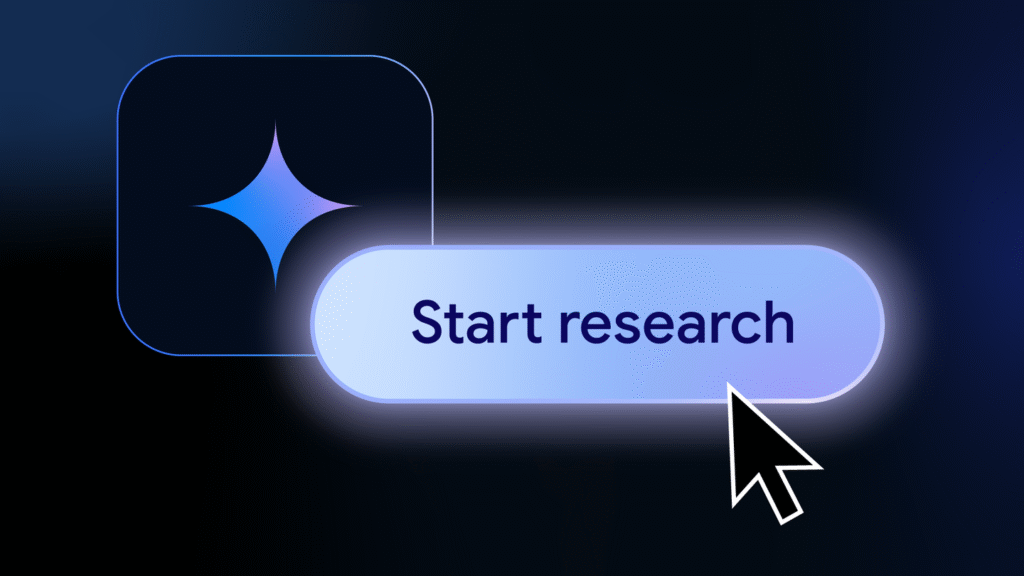
A defining feature of the Gemini 2.5 model series is its capacity for “thinking.” This refers to an internal reasoning process where the model analyzes a problem, explores potential solution paths, and draws logical conclusions before generating a response. This deliberate, step-by-step approach leads to significantly improved accuracy and quality, particularly on complex tasks involving math, logic, and advanced coding.
For its most advanced users, Google offers Deep Think, an even more powerful reasoning mode available to Google AI Ultra subscribers. Deep Think extends Gemini’s “thinking time” and employs parallel thinking techniques, allowing the model to generate and consider many different ideas and hypotheses simultaneously. This method is so powerful that it has enabled Gemini to achieve Bronze-level performance on problems from the International Mathematical Olympiad (IMO), a benchmark of highly complex creative problem-solving.
Unleashing Creativity with “Nano Banana”
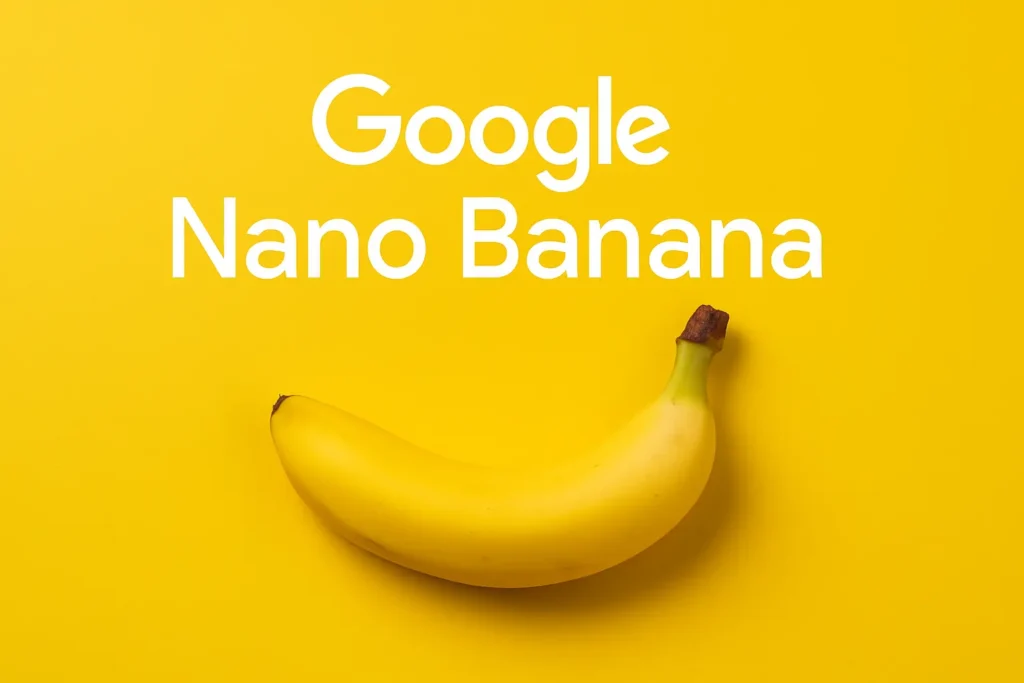
Perhaps the most visible demonstration of Gemini’s power was the viral social media trend known as “Nano Banana.” Officially powered by the Gemini 2.5 Flash Image model, this feature allows users to upload a photo of themselves and, with a simple text prompt, transform it into a hyper-realistic 3D figurine, complete with glossy textures and collector-style packaging.
The trend exploded in popularity in August 2025, driving the Gemini app to the top of the Apple App Store charts and generating over 200 million images in a short period. The technology behind it showcases several advanced image generation capabilities :
- Character Consistency: It maintains the subject’s facial features and likeness across multiple edits and scenarios.
- Photo Blending: It can combine multiple images into a single, unified scene.
- Multi-turn Editing: Users can make sequential changes to an image while preserving previous edits.
- Style Mixing: It can transfer aesthetic elements, like the texture of flower petals, onto an object like a piece of clothing.
To address concerns about misuse, Google embeds SynthID, an invisible digital watermark, into all images created or edited with the tool, helping to identify them as AI-generated. However, experts caution that watermarking is not a foolproof solution and advise users to be mindful of sharing personal photos.
The Million-Token Memory
A key advantage of models like Gemini 1.5 Pro and 2.5 Pro is their enormous 1 million token context window (with a 2 million token window planned for the future). The context window is the amount of information a model can hold in its “memory” at one time to process a prompt. A 1 million token window is vast, equivalent to roughly 1,500 pages of text.
This massive memory enables tasks that were previously impossible. A user can upload the entire text of a novel like “Moby Dick,” a 3-hour-long video, or a complete software codebase with thousands of lines of code, and ask the model to analyze, summarize, or answer detailed questions about it. This capability is a significant differentiator for enterprise, legal, and research applications that deal with vast datasets.
These features collectively demonstrate a strategic shift in AI development. The move is from AI as a passive knowledge retriever to AI as an active, autonomous agent capable of executing complex, multi-step tasks. This represents the next frontier for AI assistants, where users delegate not just queries but entire goals to their digital counterparts.
Gemini in Action: Transforming Industries and Daily Life
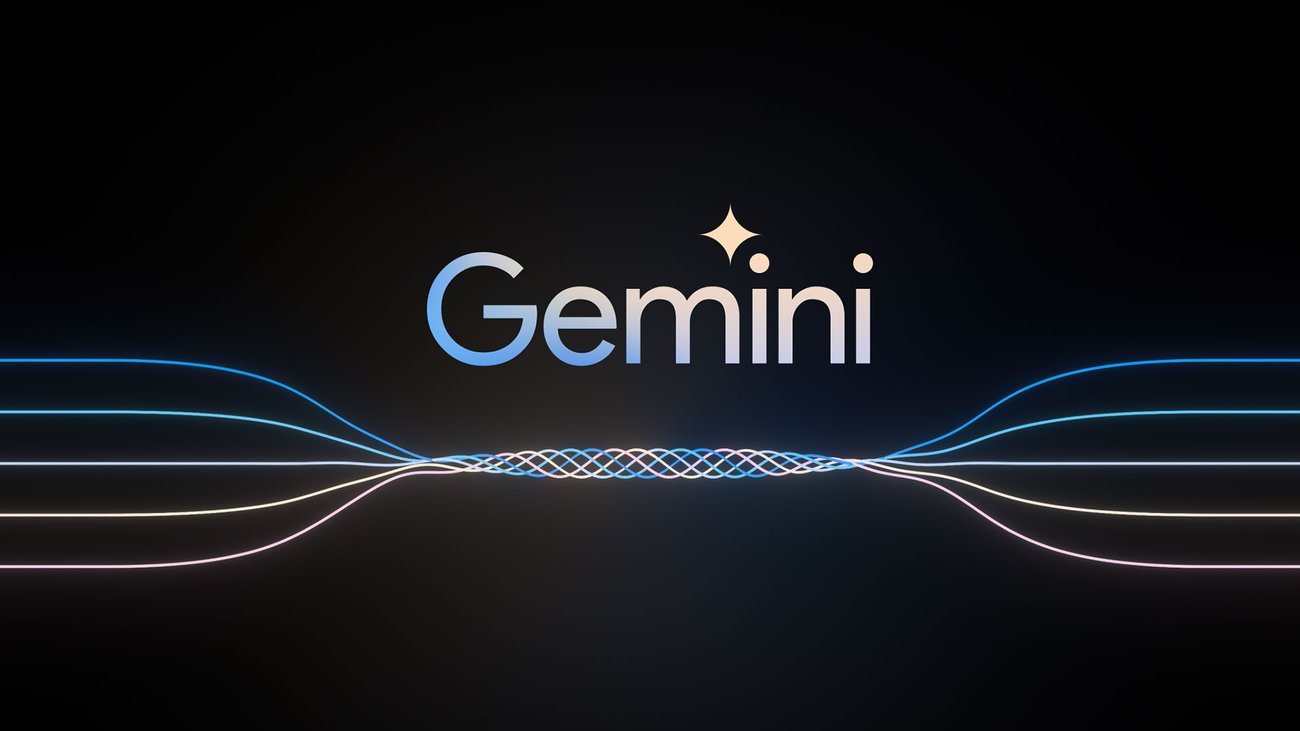
Google’s strategy is not to offer Gemini as a standalone product but to embed it as an intelligent layer across its entire product ecosystem. This creates a powerful flywheel: improvements to the core model instantly upgrade dozens of services, and usage from those services provides data to further refine the AI.
The Ultimate Personal Assistant
Gemini is progressively replacing the venerable Google Assistant on Android devices, offering a more conversational, capable, and context-aware experience. This integration extends deeply into Google Workspace, where it acts as a productivity-boosting collaborator :
- Gmail: Summarizing long email threads and drafting replies.
- Docs: Generating entire first drafts of documents, from lesson plans to grant proposals.
- Slides: Creating unique images for presentations from a text description.
- Meet: Automatically taking notes and summarizing action items during meetings.
- Drive: Finding information within documents, such as locating restaurant recommendations sent by a friend months ago.
Beyond the workspace, Gemini enhances other daily-use apps like Google Maps, where it provides summaries of places and areas, and Google Flights, where it can find complex travel itineraries based on natural language requests.
A Revolution for Developers & Software Engineering
For the software development community, Google has released Gemini Code Assist, an AI-powered coding companion integrated directly into popular IDEs like Visual Studio Code, JetBrains, and Android Studio. Its capabilities are designed to accelerate the entire development lifecycle :
- Code Generation: Completing code as a developer types or generating entire functions and code blocks from a simple comment.
- Code Understanding: Explaining complex sections of code in natural language.
- Testing and Debugging: Automatically generating unit tests and helping to identify and fix bugs.
- Advanced Tooling: This includes the Gemini CLI, which brings AI assistance directly to the command line, and agentic coding features that can perform multi-step development tasks autonomously.
The push for adoption is significant, with Google now mandating its own software engineers to use these internal AI tools to boost productivity, signaling a fundamental shift in job expectations.
A New Frontier in Healthcare & Science
Gemini’s native multimodality makes it uniquely suited for the healthcare industry, which relies on a diverse array of data types, from medical imaging to unstructured clinical notes. Applications in this field are rapidly emerging:
- Medical Analysis: Assisting clinicians by analyzing medical images like X-rays or skin conditions, summarizing lengthy patient histories to reduce administrative burden, and deriving insights from unstructured data.
- Conversational Health: Powering research systems like AMIE (Articulate Medical Intelligence Explorer), which is designed to conduct patient interviews and suggest diagnoses in an empathetic, conversational manner.
- Specialized Models: Google is also releasing specialized, open models like MedGemma to help developers accelerate the creation of new healthcare applications.
- Scientific Discovery: Beyond medicine, agentic systems like AlphaEvolve, powered by Gemini models, are being used to discover novel algorithms that can optimize everything from Google’s data center efficiency to the design of next-generation TPU chips.
Redefining Education & Research
Google is making a significant push into the education sector with Gemini for Education, an offering that provides schools with access to its AI tools along with enterprise-grade data protections, ensuring student data is not used to train models. The platform is already in use at over 1,000 U.S. higher education institutions, reaching more than 10 million students.
- For Educators: Gemini assists with time-consuming tasks like creating lesson plans, drafting grant proposals, generating assessments, and differentiating course materials to fit the needs and interests of individual students.
- For Students: A key innovation is the new Guided Learning mode, which acts as a personal tutor. Instead of simply providing an answer, it guides students through problems with step-by-step support and probing questions to build deeper understanding. Students can also use it for exam preparation, writing feedback, and research assistance via tools like NotebookLM.
Innovating in Finance and Other Fields
The applications of Gemini extend across nearly every industry. In finance, developers are building Gemini-powered applications for personalized financial planning, automated bill analysis from a photo of a receipt, and comprehensive risk management. In robotics,
Gemini Robotics On-Device is bringing powerful visual and language understanding to local robotic devices, enabling them to perform highly dexterous tasks like folding clothes or unzipping bags based on natural language instructions.
Gemini vs. The World: A Competitive Analysis
In the highly competitive landscape of generative AI, Gemini’s primary rival is OpenAI’s GPT series of models. While both are incredibly powerful, they possess distinct strengths, architectural differences, and strategic market positions.
Head-to-Head on Performance Benchmarks
On many of the most challenging academic benchmarks used to evaluate LLMs, the latest Gemini models have established a clear lead. Gemini 2.5 Pro holds the top position on the LMArena leaderboard, a respected benchmark that measures human preferences for model responses, indicating a high-quality style and capability.
It has also achieved state-of-the-art results on benchmarks measuring :
- Advanced Reasoning: Scoring 21.6% on Humanity’s Last Exam (without tools), a test designed to capture the frontier of human knowledge.
- Mathematics: Scoring 88.0% on the AIME 2025 benchmark for advanced mathematical problem-solving.
- Visual Reasoning: Achieving 82.0% on the MMMU benchmark, which tests understanding of combined visual and text inputs.
- Long Context: Demonstrating exceptional performance on the MRCR v2 benchmark with a 1 million token context, far surpassing competitors.
While Gemini excels in these areas, competitors like OpenAI’s GPT-4 and GPT-5 are still highly competitive, particularly in certain coding tasks and creative writing, where some users find them to be more flexible and less prone to refusing prompts.
The Context Window War
One of the most significant technical differentiators is the context window. Gemini 1.5 Pro and 2.5 Pro offer a 1 million token context window, which dwarfs the 128,000 tokens available in OpenAI’s GPT-4o. For any task that involves processing and reasoning over large volumes of information—such as analyzing a lengthy legal document, a financial report, or an entire software repository—this gives Gemini a decisive advantage.
Accessibility and Cost
Google has made a strategic decision to make its powerful models widely accessible. The Gemini app, powered by the highly capable Gemini 2.5 Flash model, is free to use. Furthermore, developers can access the state-of-the-art Gemini 2.5 Pro model for free, subject to rate limits. This contrasts with OpenAI’s model, where full access to the capabilities of GPT-4o requires a paid ChatGPT Plus subscription, typically costing $20 per month. Both companies offer a premium subscription at a similar price point—Google One AI Premium for $19.99/month and ChatGPT Plus for $20/month—which unlocks higher usage limits and access to the most advanced models and features.
The Ecosystem Advantage
Ultimately, Gemini’s most durable competitive advantage may be its deep integration into Google’s existing ecosystem. While competitors offer a powerful standalone product and an API, Google is weaving Gemini into the fabric of Search, Android, and Workspace—products already used by billions of people daily. This creates a seamless user experience and a powerful moat that is difficult for others to replicate.
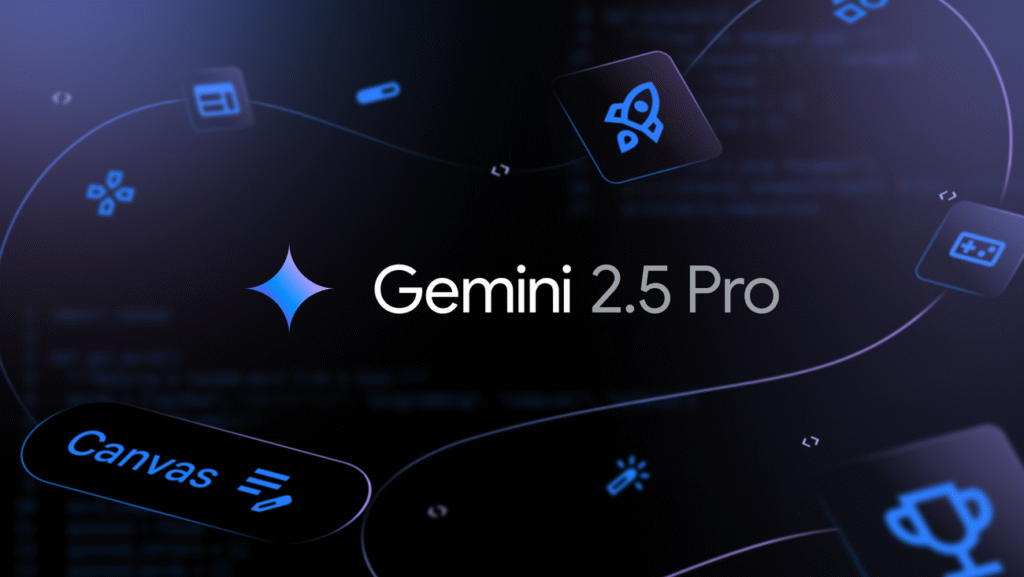
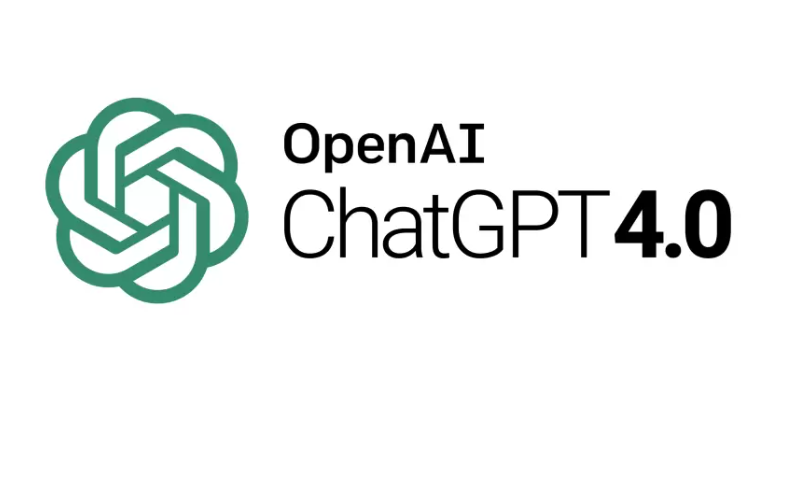
Table 2: Gemini 2.5 Pro vs. GPT-4o at a Glance
| Feature | Google Gemini 2.5 Pro | OpenAI GPT-4o | The Verdict |
| Reasoning & Logic | State-of-the-art performance on advanced reasoning, math, and science benchmarks, powered by its “thinking” architecture. | Very strong reasoning capabilities, but can struggle with maintaining deep logical coherence in very complex tasks. | Gemini holds the edge in benchmarked, complex problem-solving. |
| Context Window | 1 million tokens (with 2 million planned), enabling analysis of vast amounts of data. | 128,000 tokens for paid users. | Gemini has a decisive, order-of-magnitude advantage. |
| Coding Performance | Excels at generating full applications from single prompts, code editing, and agentic coding tasks. | Highly capable, but can be less efficient for complex code generation. Praised for Python code generation. | Competitive, with Gemini showing an edge in agentic tasks and GPT in specific languages. |
| Multimodality | Natively multimodal from the ground up, processing interleaved text, image, audio, and video seamlessly. | Strong multimodal capabilities, handling text and image inputs effectively. | Gemini’s native architecture gives it a foundational advantage in consistency and complex multimodal reasoning. |
| Accessibility (Free Tier) | Free access to the Gemini app (powered by 2.5 Flash) and free, rate-limited access to the 2.5 Pro model for developers. | Free tier provides access, but usage limits can result in a temporary downgrade to a less capable model. | Gemini offers more generous access to its state-of-the-art models for free users and developers. |
| Ecosystem Integration | Deeply integrated into Google Search, Workspace (Docs, Gmail), Android, and Google Cloud. | Primarily a standalone application (ChatGPT) and an API for third-party integration. | Gemini has an unparalleled advantage due to its integration with Google’s billion-user product ecosystem. |
The Future of Gemini and the Road Ahead
The rapid pace of development in the AI sector shows no signs of slowing, and Google’s roadmap for Gemini reflects a long-term vision that extends far beyond today’s chatbots.
The Path to Gemini 3.0

Based on Google’s established annual update cycle for its major AI models, the next generation, likely to be called Gemini 3.0, is predicted to arrive for enterprise and developer access in late 2025, followed by a wider public release in early 2026. This next iteration is expected to feature even larger context windows, more sophisticated and reliable agentic capabilities, and deeper, more seamless integrations into both software and hardware.
The Vision for Agentic AI
The development of features like Deep Research, Deep Think, and AlphaEvolve points toward the ultimate goal articulated by Google DeepMind CEO Demis Hassabis: the creation of a “universal AI assistant”. This vision is not for an AI that simply retrieves information, but for one that acts as a true collaborative partner. It is a future where AI can be tasked with complex, open-ended goals—from scientific discovery to intricate project management—and can then autonomously plan and execute the steps needed to achieve them.
In this rapidly changing world, Hassabis has noted that traditional skills may become obsolete, and that the most crucial “meta-skill” for future generations will be “learning how to learn”. As AI becomes a more capable partner, the ability to effectively collaborate with it, ask the right questions, and adapt to new paradigms will be essential.
Conclusion: Is Gemini the New Center of the AI Universe?
Born from a moment of competitive urgency, Google Gemini has evolved into a formidable force in the artificial intelligence landscape. Its defining strengths are clear: a natively multimodal architecture that allows for a more holistic understanding of the world; a massive context window that unlocks new possibilities for analyzing vast datasets; state-of-the-art reasoning capabilities powered by its innovative “thinking” models; and an unparalleled level of integration into Google’s full technology stack.
While the race for AI supremacy is far from over, and all large language models continue to grapple with challenges of accuracy, bias, and safety , Gemini represents a monumental strategic effort. It is Google leveraging its deepest, most unique strengths in custom hardware, global-scale data, and ubiquitous software distribution to build an AI ecosystem that is not merely a competitor in the market, but a fundamental reshaping of its entire product universe for a new era of computing.
Frequently Asked Questions (FAQ)
What is Google Gemini? Google Gemini is a family of multimodal large language models (LLMs) developed by Google AI. The term refers to both the underlying AI models (like Gemini Pro and Ultra) and the user-facing chatbot application (formerly known as Bard) that is powered by these models.
Is Google Gemini better than ChatGPT? It depends on the specific task. Gemini 2.5 Pro outperforms competitors like GPT-4o on many benchmarks for advanced reasoning, math, and long-document analysis due to its “thinking” architecture and massive 1 million token context window. However, some users find ChatGPT to be highly effective for creative writing and certain coding tasks. Gemini’s main advantage is its deep integration with Google’s ecosystem (Search, Workspace, etc.).
Is Gemini free to use? Yes, the standard Gemini app, which uses the powerful Gemini 2.5 Flash model, is free for all users. For access to the most advanced models like Gemini 2.5 Pro and features like Deep Think, users can subscribe to the Google One AI Premium plan.
What is Gemini Advanced? Gemini Advanced is the name of the premium subscription tier, part of the Google One AI Premium plan. Subscribing to Gemini Advanced gives users access to Google’s most capable models (like Gemini 2.5 Pro), features like Deep Think and Veo video generation, higher usage limits, and integration into Google Workspace apps.
How does Gemini’s Deep Research work? Deep Research is an automated feature where Gemini acts as a research assistant. It takes a user’s prompt, creates a research plan, autonomously browses hundreds of websites to gather information, reasons over its findings, and synthesizes the information into a comprehensive, multi-page report with citations.
What is “Nano Banana”? “Nano Banana” is the viral social media trend that was powered by Gemini’s image generation model, officially called Gemini 2.5 Flash Image. The feature allows users to upload a photo and use a text prompt to transform it into a hyper-realistic 3D figurine, which led to the Gemini app’s surge in popularity.
How does Google use my Gemini data? For standard consumer accounts, Google may use your conversations (if your Gemini Apps Activity is on) to improve its services, including training its models. You can turn this setting off. For users with a Google Workspace or Google Cloud account, Google provides enterprise-grade data protections and does not use your data to train its models.
What are the different versions of Gemini? The main Gemini models are categorized into tiers based on their capability and use case: Gemini Ultra (largest model for highly complex tasks), Gemini Pro (a versatile model for a wide range of tasks and the primary engine for the Gemini app), and Gemini Nano (a lightweight model for on-device, offline tasks on mobile phones). Newer generations have introduced variants like
Flash for speed and cost-efficiency.
GOOGLE GEMINI :